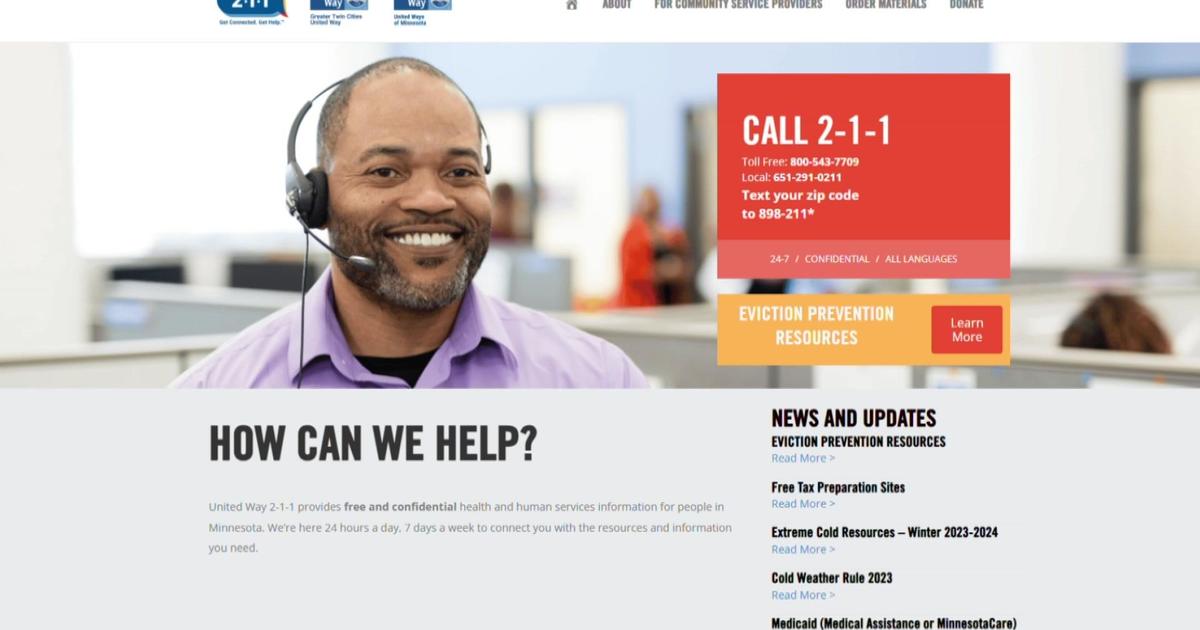What Will The New Normal Look Like?
MINNEAPOLIS (WCCO) -- Right now, many Americans are under strict social distancing rules. Eventually, those will be lifted, but life won't return back to the way we know it.
So, what does the next year or two look like? WCCO asked Andy Slavitt, the former Acting Administrator of Centers for Medicare and Medicaid Services under President Obama, for his thoughts on what changes could possibly happen.
"My privilege is that I have a lot of relationships, so rather than use it to become an insider, I use it to help explain to folks what's going on," Slavitt said from his Edina home, where he's been talking with state and federal government officials, lab companies, scientists, epidemiologists and infectious disease experts on a daily basis.
For the next year or so, Slavitt said he believes Americans will go through a period that will feel strange and not the normal they're accustomed to.
But, what exactly is this "new" normal?
"As a civic duty, I think everyone is going to be wearing masks for a while," he said.
It could also mean a change in how people connect once social distancing rules are relaxed. Handshakes could be a thing of the past.
"Our kids could tell each other -- back in the old day, people used to grab each other's palms for a minute when they saw each other," he said "The kids would say that's so weird."
Slavitt thinks people will fly more carefully. Not only will they wear masks, but he suggests people might test themselves for COVID-19 before boarding a plane. Given so many people with COVID-19 are asymptomatic, people wouldn't want to spread the virus to a place that has already clamped down on it.
As for concerts and large sporting events, Slavitt said he doesn't see large crowds coming together until next year. He communicates with sports leagues and does envision sporting events without fans, but believes it won't be until 2021 before large groups come together.
"We'll know a lot more than we do today," he said. "We'll know more about how it's transmitted and there may be better therapies."
There will be a change in how people live and work at prisons, nursing homes, meat-packing plants and schools. For example, schools might alternate class sites, have lower student to teacher ratios or continue with distance learning. He points that might be appropriate for the average student, but it will be important to help students with learning disabilities or compromised immune systems.
"The honest answer to every question is we don't know," he said.
Much of what will happen will depend on how quickly the science evolved. Slavitt says one thing that gives him encouragement is how many scientists all over the world are working on a COVID-19 vaccine.
Ultimately, Slavitt says, until then, Americans will need more testing, contact tracing and mask-wearing to manage COVID-19.
"The goal is to turn this from what it is today, which is a raging bonfire, into a series of small campfires that we can surround and put out without having it get out of control."



